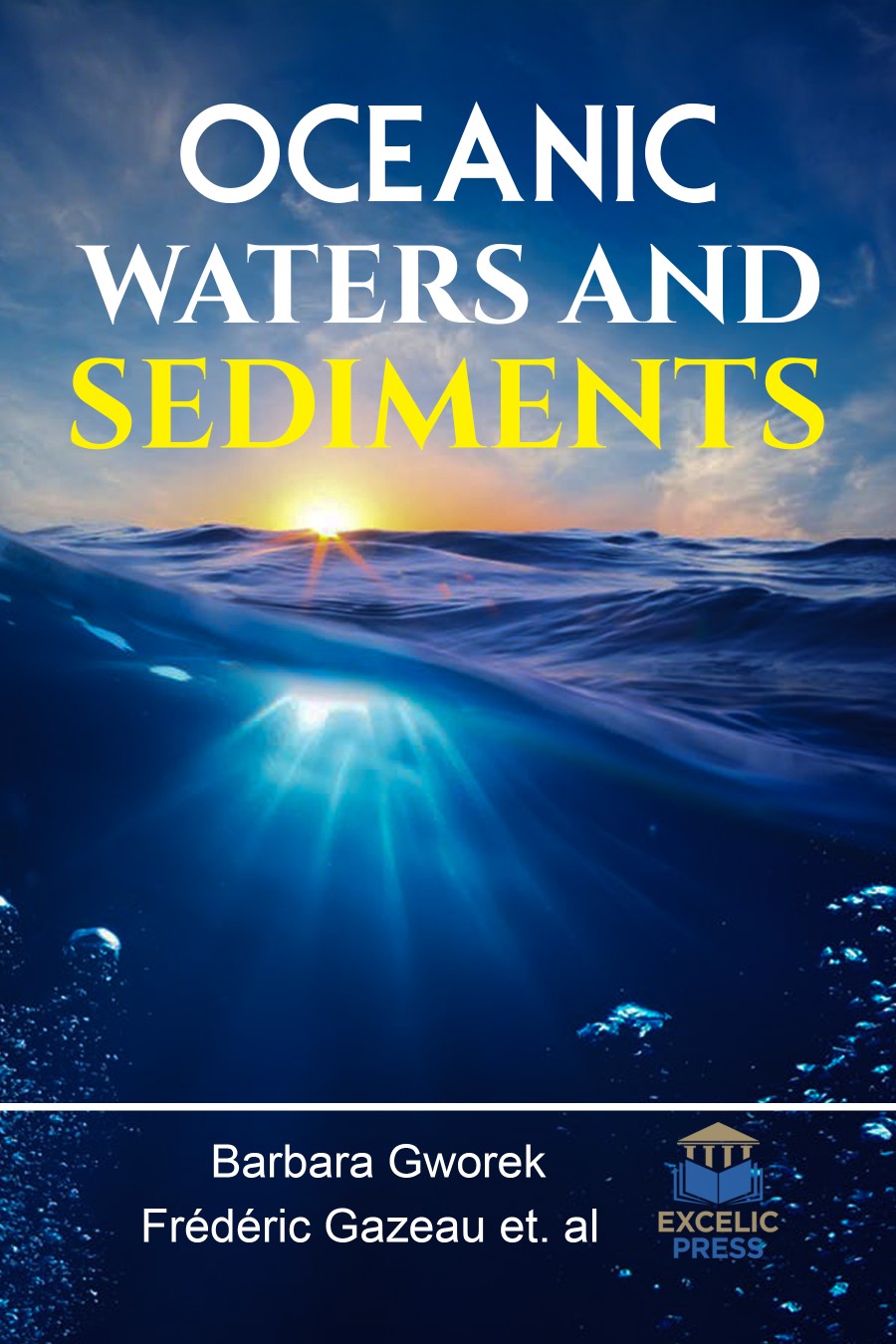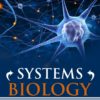Most contaminants are recognized to have a robust tendency to interact with suspended organic and inorganic matter. The sediments, under firm conditions, may form deposits, where the ingredients are deposited and/or mineralized and detached from the external environment. Various phenomena may, however, promote a contaminant discharge from the sediment towards the covering waters. Molecular diffusion, bioturbation, resuspension of bottom sediment and pumping because of low-intensity wave motion are phenomena that cause the transport of chemical species through the water-sediment interface. The aquatic environment with its water quality is deliberated the main factor controlling the state of health and diseases in both cultured and wild fishes. Pollution of heavy metals in aquatic ecosystem is increasing at an alarming rate and has become a vital issue worldwide. Growth in population, urbanization, industrialization and agricultural practices has further aggravated the situation. As heavy metal cannot be degraded, they are deposited, assimilated or incorporated in water, sediments and aquatic animals and thus causing heavy metal pollution in water bodies.
This book presents insight into the cutting-edge research and processes available for analyzing sediments in seawater. The contributed chapters are written by authors and scientists working on different aspects of sediment transport and analysis of marine water, covering most recent research results and reviews or examples encompassing different aspects of sediment transport in coastal zones at diverse scales. It also focuses on the determination of the concentrations of organic pollutants in the ocean sediments have been presented.
The book will be of immense interest for students, researchers, agriculturalists, chemists, biologists, toxicologists, as well as for all professionals involved in water industry, from river management to fish productions.













